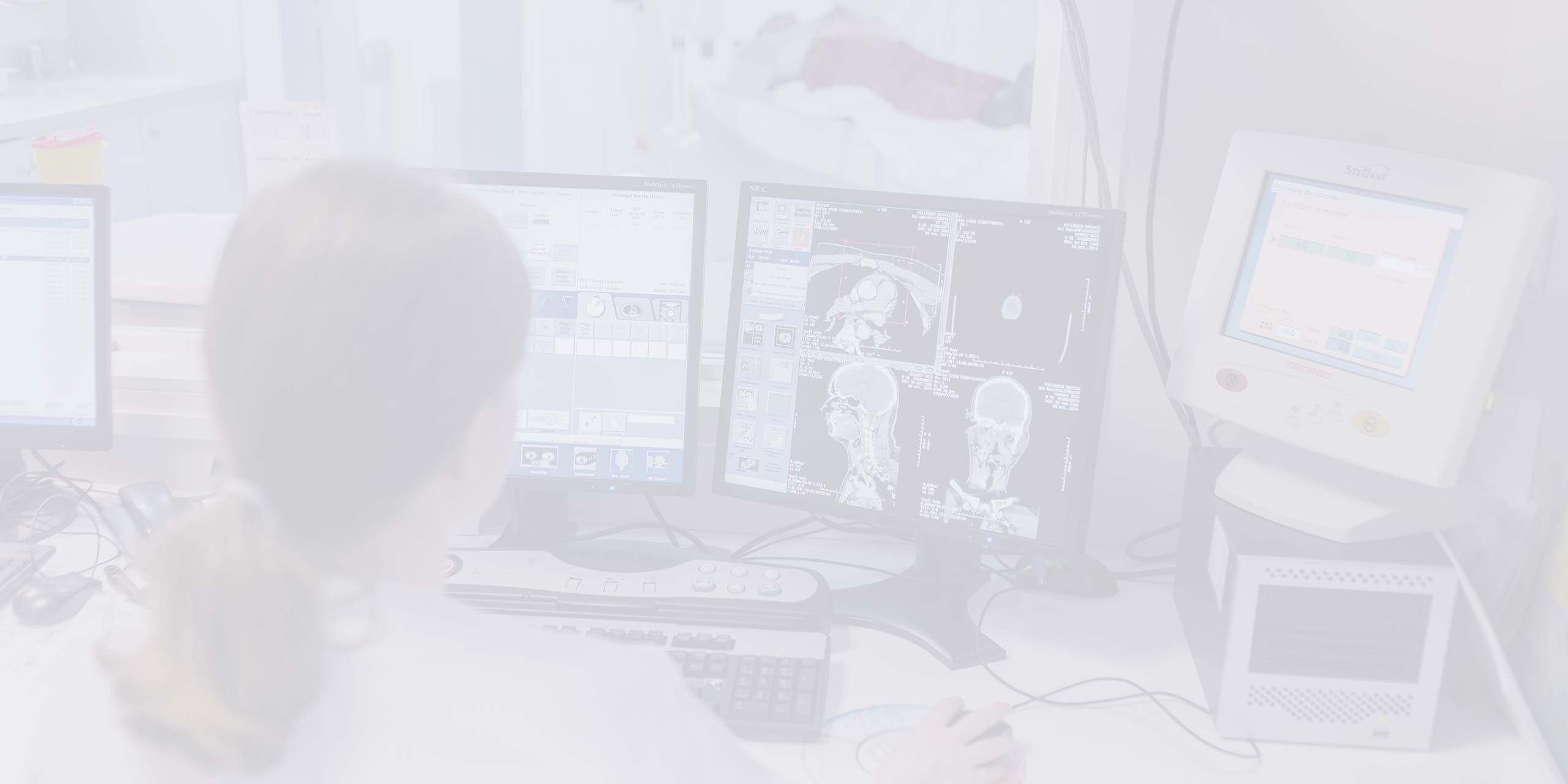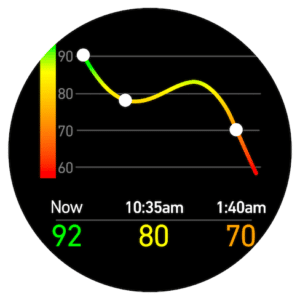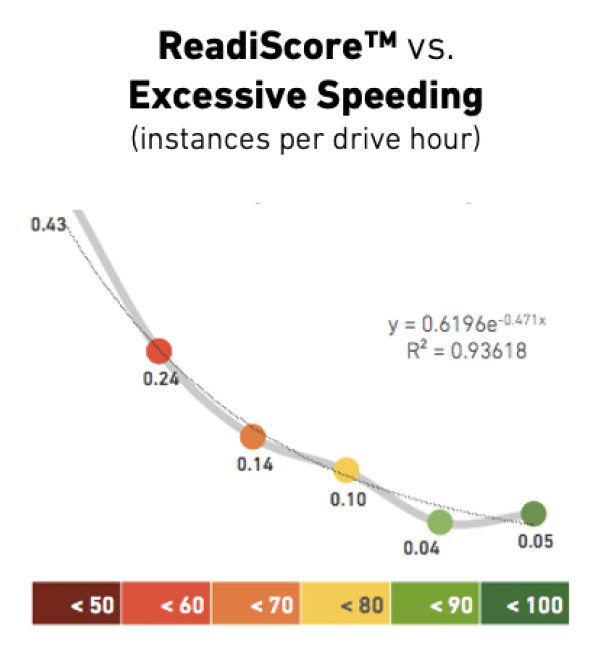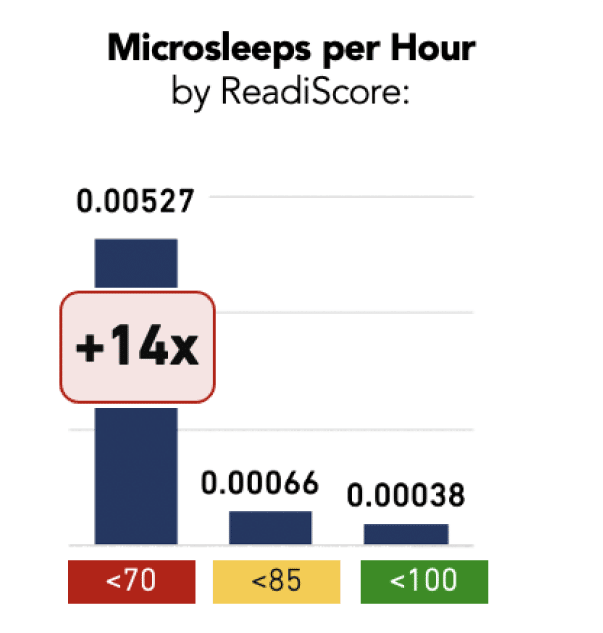
Fatigue Prediction
Powered by Machine Learning and U.S. Army research
Readi combines the SAFTE biomathematical fatigue model with advanced ML techniques in order
to accurately predict human fatigue.
Worker Info

Shift schedule or ELD data, demographics,
Intake survey, optional wearable data
ML Engine

ML sleep prediction + US Army-built SAFTE
Fatigue Model, validated by US DoT & FAA
Fatigue Prediction

Fatigue prediction: 0 – 100 hourly score for 18h
Reaction time, mental perf. & microsleeps
Privacy First. Worker Info Remains Private.
Readi is a privacy-first platform, designed to provide insights regarding on-duty fatigue, while keeping private the data that goes into the model. All personal data concerning sleep, demographics, and survey responses remain private by default.

Machine Learning with 4M+ sleeps
Readi’s Machine Learning model is calibrated based on an anonymized and growing database of 4 million sleeps. These sleeps were recorded by wearables worn by shift workers around the world in industrial environments.
Combined with de-identified data on shift schedules, demographics, and survey responses, these data enable an unparalleled ML engine to predict an individual’s sleep history without requiring the use of wearables. The sleep predictions then serve as an input into our Fatigue Prediction model, SAFTE.

SAFTE™ Biomathematical Fatigue Model
The SAFTE Fatigue Model was developed by the Walter Reed Army Institute of Research at the U.S. Army Medical Research Development Command. It has been extensively validated by the U.S. Department of Transportation, Federal Aviation Administration, and numerous other organizations.
The SAFTE Fatigue Model is exclusively available from Fatigue Science and its affiliates.
Deeper Reading: Fatigue Models for Applied Research in Warfighting – Journal of Aviation, Space, and Environmental Medicine

-
Circadian rhythm
-
Time of day
-
Sleep quantity
-
Sleep & wake consistency
-
Cumulative sleep debt
-
Wake episodes
Deep Analysis of Cumulative Sleep
We know intuitively that a lack of sleep causes fatigue, but knowing one’s sleep quantity is only one of the many factors necessary in order to create an accurate fatigue prediction.
Accordingly, the SAFTE Fatigue Model accounts for a robust array of relevant sleep factors, including acute sleep interruptions, cumulative sleep debt, and the consistency of sleep onset and wake times, and circadian disruptions that influence a change in cognitive function.
Deeper Reading: Comparison of Mathematical Model Predictions to Experimental Data of Fatigue and Performance – Journal of Aviation, Space, and Environmental Medicine
ReadiScore: Hour-by-Hour Fatigue Prediction
The ReadiScore is the SAFTE Model’s output, a prediction of hour-by-hour changes in cognitive effectiveness, reaction time, and lapse likelihood throughout the course of the day or night. Fatigue progresses in a predictable manner, and the SAFTE Model considers not only cumulative sleep history, but also factors such as the internal body-clock and and seasonal light exposure based on one’s general geographic location.

Real-World Validation: Predict Operator Safety & Performance
The ReadiScore has not only been validated in the lab — it has also been proven in real-world industrial environments as a predictor of operator safety and performance. Seven separate studies are shown here, including many using telematics data.
The studies uniformly affirm that operator safety and performance suffers when one’s ReadiScore indicates high levels of predicted fatigue.






Select your industry
Discover how our state-of-the-art technology is being applied in your industry
